Physics
Physics gives learners an insight into the underlying nature of our world and its place in the universe. From the sources of the energy we use to the exploration of space, Physics covers a range of applications of the relationships that have been discovered through experiment and calculation, including those used in modern technology.
One of the attractions of the subject is the applied nature of its content. As a department we seek to reinforce this with experiments and practical application of the theories taught being a focus of our approach to the subject.
Physics is taught as a component of a multidisciplinary approach to science from T1 to S1 with pupils then having the option to specialise in Physics from S2. Physics is offered at National 5 and IB Level.
Against the national trend, there is a high take up of Physics at all levels, with a large percentage of pupils going on to study Physics related subjects at degree level. Due to the academic demand of the subject, engineering disciplines, medicine and science related degrees are common routes for many of our school leavers.
Physics - National 5
The National 5 Physics course enables learners to develop a deeper understanding of physics concepts and the ability to describe and interpret physical phenomena using mathematical skills. The purpose of the course is to develop learners’ interest and enthusiasm for physics in a range of contexts. The skills of scientific inquiry and investigation are developed throughout the course by investigating the applications of physics. This will enable learners to become scientifically literate citizens, able to review the science-based claims they will meet. An experimental and investigative approach is used to develop knowledge and understanding of physics concepts. They will develop scientific methods of research in which issues in physics are explored and conclusions drawn.
The course is divided into three units with six distinct topic sections:
Dynamics, Space & Cosmology, Electricity, Properties of matter, Waves, Radiation
Physics - IB
Physics is the most fundamental of the experimental sciences, as it seeks to explain the universe itself from the very smallest particles to the vast distances between galaxies.Despite the exciting and extraordinary development of ideas throughout the history of physics, observations remain essential to the very core of the subject. Models are developed to try to understand observations, and these themselves can become theories that attempt to explain the observations.Through studying a science subject students should become aware of how scientists work and communicate with each other. While the scientific method may take on a wide variety of forms, the emphasis is on a practical approach. In addition, through the overarching theme of the “Nature of Science” this knowledge and skills will be put into the context of the way science and scientists work in the 21st century and the ethical debates and limitations of creative scientific endeavor.The sciences are taught practically. Students have opportunities to design investigations, collect data, develop manipulative skills, analyse results, collaborate with peers and evaluate and communicate their findings. The investigations may be laboratory based or they may make use of simulations and databases. Students develop the skills to work independently on their own design, but also collegiately, including collaboration with schools in different regions, to mirror the way in which scientific research is conducted in the wider community.Physics syllabus outline:Higher level (240 hours)Internal assessment (individual investigation): 20%External assessment: 80%Standard level (150 hours)Internal assessment (individual investigation): 20%External assessment: 80%Key features of the curriculum and assessment modelsAvailable at standard (SL) and higher levels (HL)The minimum prescribed number of hours is 150 for SL and 240 for HLStudents are assessed both externally and internallyPhysics students at SL and HL undertake a common core syllabus and a common internal assessment (IA) scheme.
Book a tour
To find out more about how we engender hard work and determination in our young people, come and visit us and meet our dedicated teaching staff and speak to our pupils.
